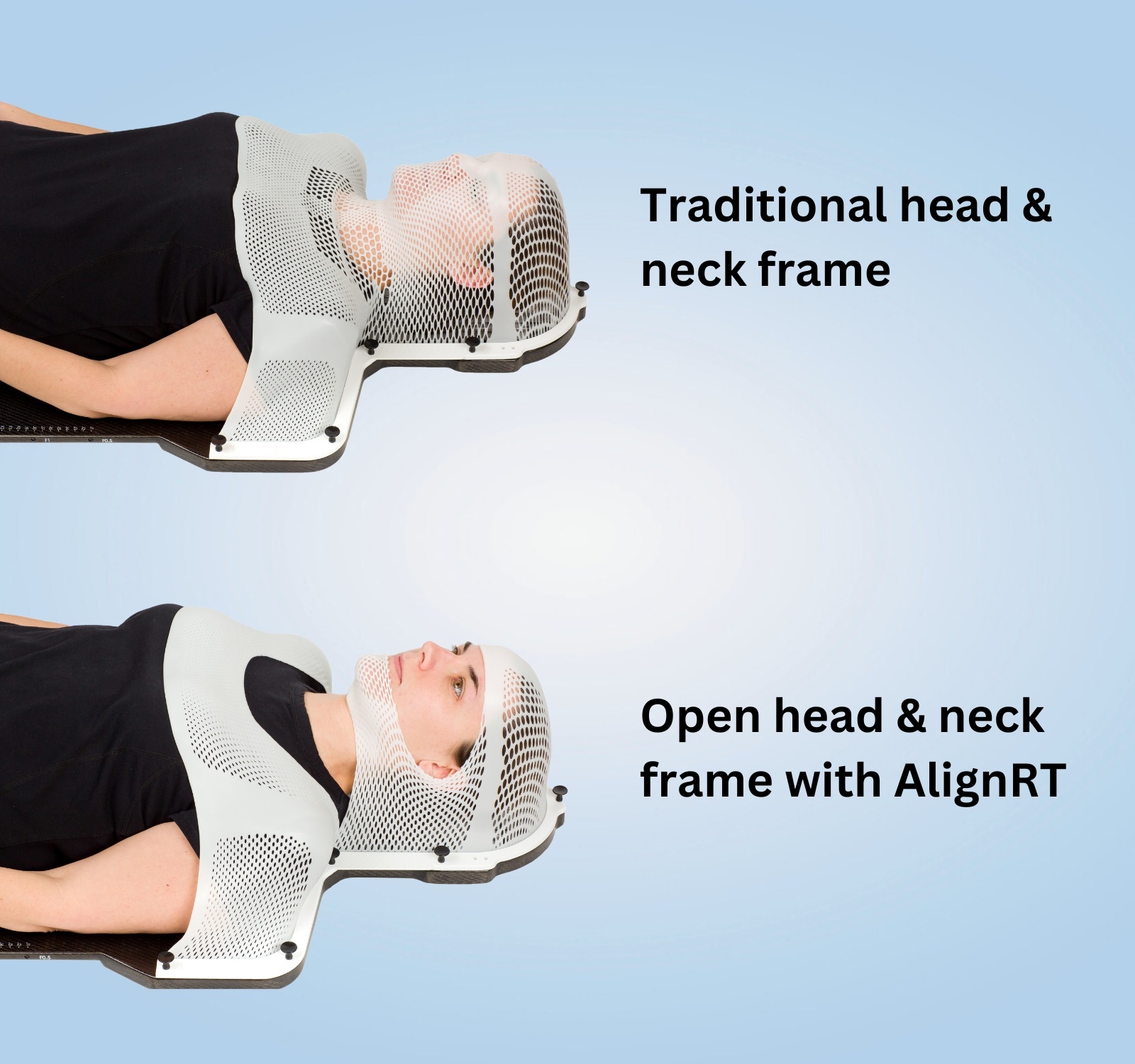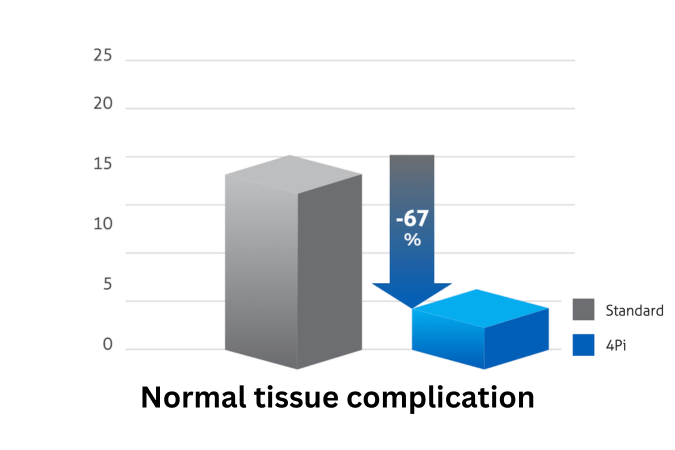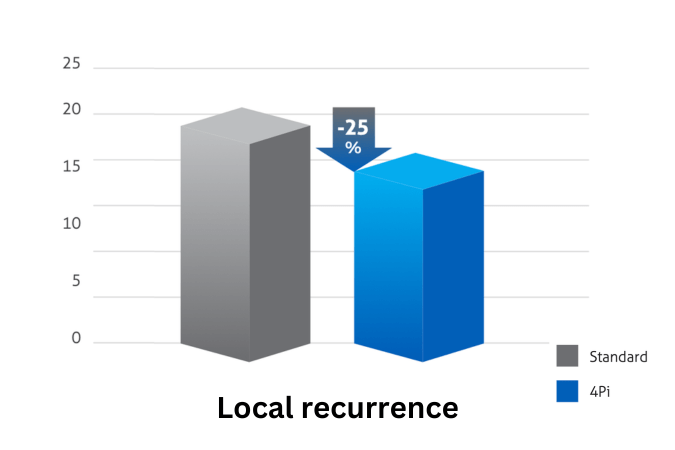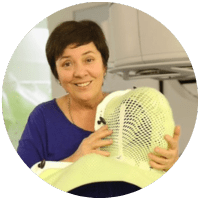For Head & Neck radiation therapies, a patient’s position needs to be reproduced accurately, in order to ensure effective treatments and minimize side effects. Historically, full-face masks were used to accomplish this.
But the sub-millimetric accuracy offered by SGRT with AlignRT has enabled clinics to implement open-face masks – or even to move towards completely maskless treatments.
AlignRT can reduce the complexity of treatment setups and can track motion with better than 1mm accuracy, with reduced need for immobilization. AlignRT is fully integrated into the treatment workflow, allowing for automatic beam pause if the patient moves during treatment delivery.






